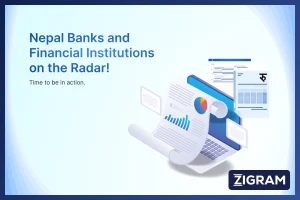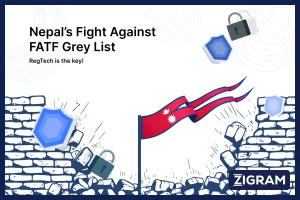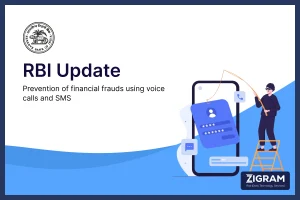With financial crime being more prevalent than ever, the connectivity that news and social media provide is a great asset to compliance professionals. Financial compliance gets critical with the rise of new-age technology. Aimed at preventing financial crime, adverse media screening keeps track of news and other information sources for your organisation.

With the advent of adverse media screening platforms emerge many use cases for media screening which make it easier for any organisation to manage risk.
By monitoring news sources and social media platforms, financial institutions detect patterns of fraudulent behaviour and take preventive measures to mitigate the risk of future fraud.
By monitoring news sources and social media platforms, financial institutions detect patterns of fraudulent behaviour and take preventive measures to mitigate the risk of future fraud.
Adverse media screening is widely used to keep track of suspicious activities, such as large cash transactions, offshore transactions, or transactions with high-risk countries or individuals.
It can add more information to back up an inquiry into possibly dubious behaviour generated by the initial media screening process, for example, concerning a customer’s source of wealth and/or source of funds adverse news.
Financial institutions can now identify potential regulatory violations and take corrective action to comply with regulatory requirements.
Organizations can identify potential cybersecurity risks by looking out for any information on cyber threats and attacks.
Even though screening through manual search strings on Google might be a widely used method of adverse media screening, it fails when it comes to real-time monitoring of risk, as risk levels of individuals might change over time, making it an unfeasible process. Using adverse media screening software can help a business to cut down on time and resources and carry out the process with peak efficiency. The software also broadens the perspective of the search as it can overcome language barriers and take care of information overload.
Opting for a risk-based approach to media screening plays a key role in the efficient use of resources. The level of screening parameters must be based on the profile of the individual. For instance, a high net-worth individual will pose a greater risk of fraud than a regular retail customer, and therefore more resources must be employed for adverse media screening of the former.
According to a report by Wolfsberg Group, businesses would benefit from evaluating their third-party adverse media screening platform on merits such as coverage, completeness of data, matching accuracy, scalability, transparency, and reporting methods. They must also evaluate the criteria employed to judge media sources’ credibility. By following these best practices, businesses can effectively identify potential risks to take corrective action. They will thereby be able to keep their reputation safe and comply with regulatory requirements up-to-date.
ZIGRAM is the one-stop solution for all your compliance needs. Try our FREE DEMO to experience what you’re missing in your AML and KYC processes!
- #FinancialCompliance
- #AdverseMediaScreening
- #RiskManagement
- #FinancialCrimePrevention
- #ReputationRiskManagement
- #RegulatoryCompliance
- #KYC
- #CustomerDueDiligence
- #MediaScreeningPlatforms
- #TechnologyInCompliance
- #RealTimeMonitoring
- #CybersecurityRisks
- #CultureOfCompliance
- #EfficiencyInCompliance
- #RiskBasedApproach
- #WolfsbergGroup
- #BestPractices
- #RegulatoryRequirements
- #ResourceAllMitigatingFinancialRisk
- #DataCompleteness
- #MatchingAccuracy
- #TransparencyInComplianceocation






